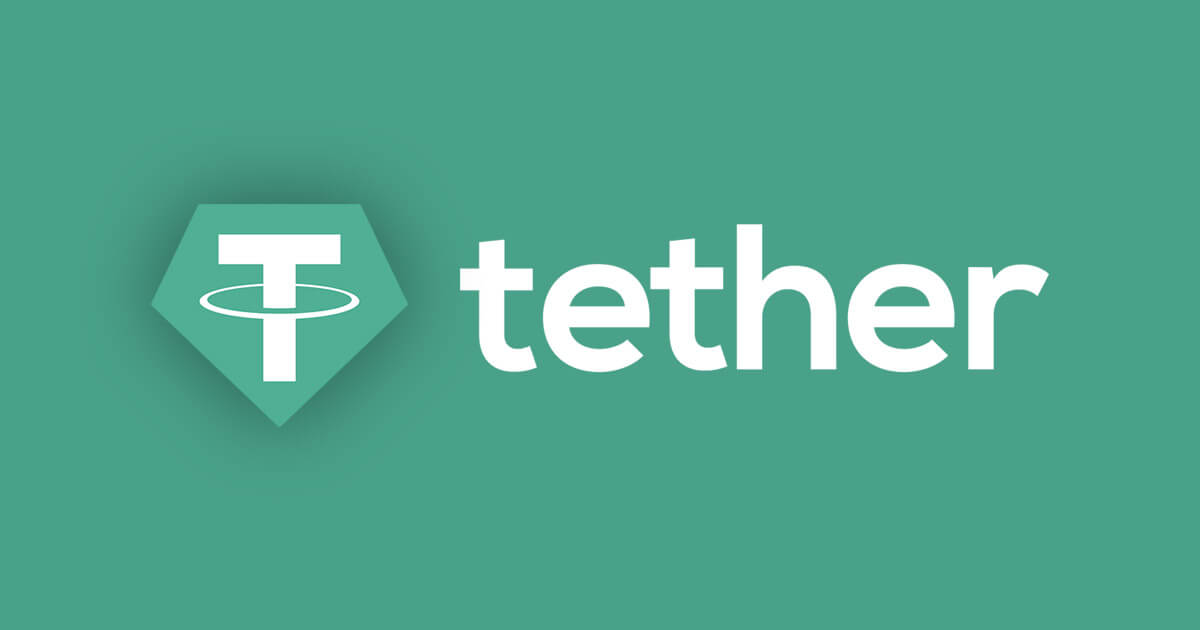What is Tether (USDT)?
The Tether cryptocurrency is unquestionably among the top 30 by market capitalization, but this is in no way a reflection of the coin's demand. This project is one of a kind, and none of the other more than 1200 coins even come close to being comparable to it. Tether (USDT):...

The Tether cryptocurrency is unquestionably among the top 30 by market capitalization, but this is in no way a reflection of the coin’s demand. This project is one of a kind, and none of the other more than 1200 coins even come close to being comparable to it.
Tether (USDT): History & Overview
Let’s begin with the fact that Tether (USDT) is a stablecoin-type cryptocurrency. This will set the stage for the rest of our discussion. That is to say, it is different from Bitcoin in terms of its level of stability and is supported by fiat money. The benefit of using USDT is not limited to the fact that it is not volatile. The advanced characteristics of blockchain technology are utilized by the digital currency, which also provides support for a variety of additional cryptocurrencies. In addition to this, Tether is constantly growing and developing its own market alternatives, such as:
- JPYT – yen
- EURT – euro
- CNHT – yuan (offshore)
- XAUT is the same as one ounce of gold measured in troy.
The Tether token (USDT) backed by the US dollar is now the most widely used alternative currency. This is the moniker that appears in nearly all of the different payment systems that are compatible with cryptocurrency.
Tether’s Values and Attributes to Consider
Because of its relative steadiness, Tether is often utilized as a form of insurance against the erratic behavior of the cryptocurrency market. Keeping your money in Tether, which is tied to the value of one dollar per USDT token, will shield it from the typical volatility that is associated with the cryptocurrency market. Since this, the vast bulk of Bitcoin trading takes place in Tether because it enables traders to enter and exit the cryptocurrency market with fiat currency.
Tether can be used for a variety of reasons by ordinary people, taking advantage of the versatility offered by the cryptocurrency. The following are some advantages that holders of virtual currency highlight about USDT in comparison to other prominent analogues:
- Tether is quite steady and does not experience any volatility whatsoever. Tenths of a point might be the difference between two different rates.
- Users are able to protect their privacy and maintain their anonymity when utilizing the Tether functionality.
- The USDT cryptocurrency is a trusted digital asset that is accepted in a variety of markets across the globe. It is possible to successfully convert it into any regional currency at a rate that is to one’s advantage.
Tether is protected from any losses by the assets that are owned by Tether Limited.
One more aspect that sets Tether apart from other stablecoins is the fact that it does not follow the conventional model for blockchain technology. This gives owners of cryptocurrencies the ability to leverage the distribution systems of other tokens that are already ready-made. On the Tron network, TRC20 is currently the Tether protocol that is receiving the most requests. The transaction speed in this network is consistent at 1 USDT per transaction, and the commission is often the same amount.
The operation of cryptocurrencies relies on a number of different algorithms, including the following:
- Proof of Solvency is a rule that relates to the process of determining whether or not a cryptocurrency possesses sufficient resources to meet its obligations.
- The performance of a cryptocurrency can be verified through the use of an algorithm known as proof-of-work.
- An algorithm called “Proof-of-Stake” is used to demonstrate the existence of a stake in a transaction.
- If we are discussing the most recent iteration of the Proof of Reserves algorithm, then we should know that its purpose is to provide evidence that a genuine reservation exists. Tether can make use of this particular configuration feature.
In comparison to other algorithms, Proof of Reserves offers a number of important benefits. The following are the primary justifications stated in support of Tether:
Each user has access to specialized tools that allow them to study Tether on the blockchain itself and view the accurate quantity of tokens that have been issued.
The tokens have the same value as the underlying currency, which is represented by dollar equities that are held in the bank. Auditors are required to make information about the existence of real reserves readily available to the public at all times.
Which Wallet Suits Tether?
Tether does not use its own blockchain, as was just described in the previous paragraph. Instead, it is hosted on several other blockchain networks, such as Ethereum and Tron, among others.
The bitcoin exchange from which you are withdrawing will determine the wallet type that you are required to utilize. You can withdraw your USDT tokens on the blockchain of your choice using some exchanges, such as Binance. Other exchanges do not offer this feature. Tether, which is built on Ethereum and is also referred to as USDT-ERC20, seems to be the blockchain of choice at the moment. In this regard, you are free to keep your USDT tokens in whatever Ethereum wallet you like, such as Metamask.
Remember that in addition to the USDT tokens that have been sent to your private wallet, you will also need some Ether (ETH) in order to cover any transaction fees that may be incurred in the future using that wallet.
